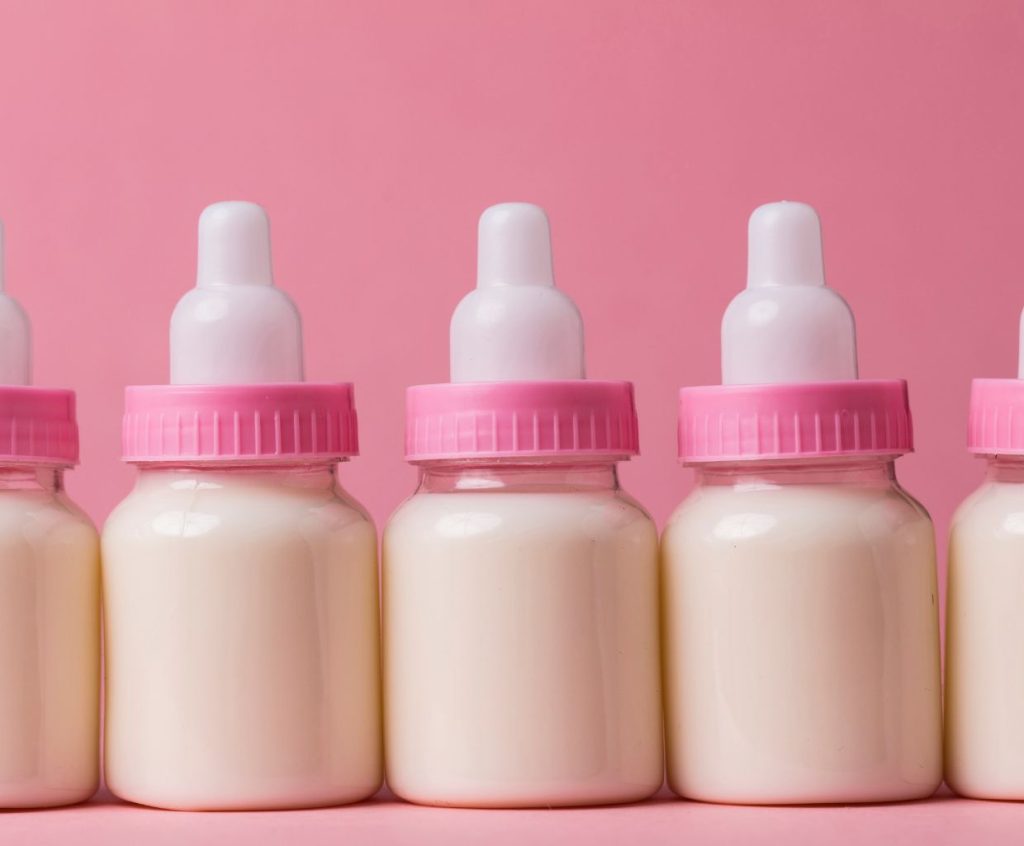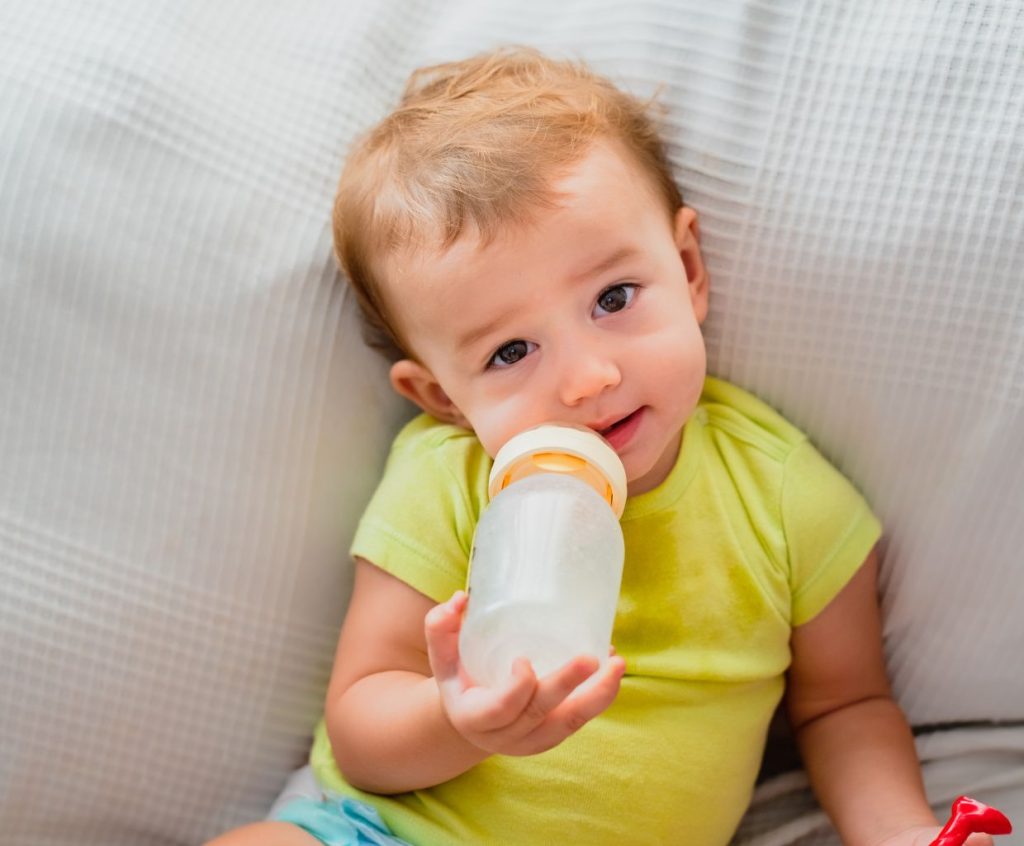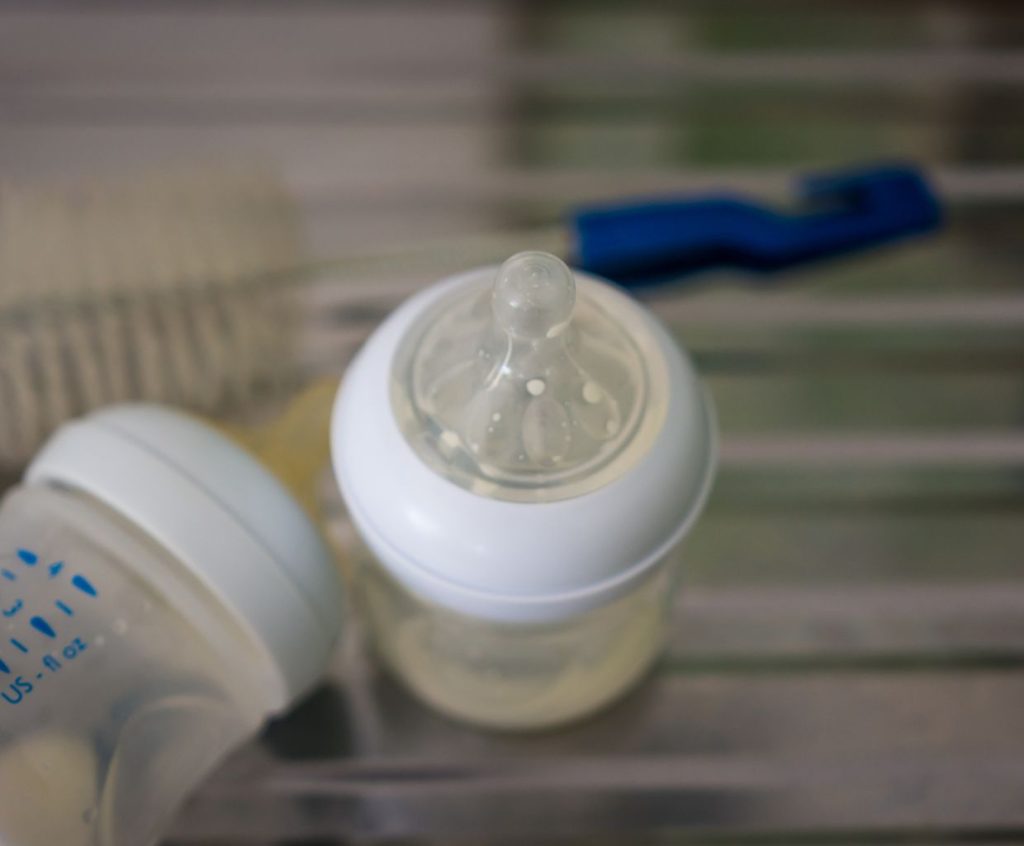Best Facts From History of Baby Bottles
Baby bottles are one of the most common inventions we take for granted today. But who created them? And how did they feed babies in the old days? Since the beginning of humankind, women have breastfed their babies. But if a mother died and a wet nurse was unavailable, feeding the baby by other means was necessary.
Back then, the “baby bottles” were not bottles – they were more like jugs or urns called “feeding vessels.” The oldest surviving feeding vessel is from 2000 BC. However, feeding vessels were likely used when humanity began using tools during the Stone Age (before written history). Some feeding vessels were made from an animal’s horn or wood. Later, the feeders were ceramic.
Who Invented Baby Bottle?
Did you know that the first-ever baby bottle was made in 1846? Before that, there was no way for babies to drink any milk other than from their mother’s breast. The very first baby bottles were made from glass and held milk or water, and they were designed to be heated up in hot water. In the 1860s, rubber-coated metal bottles were introduced, but these were expensive and not very popular.
In 1901, the first glass baby bottle with a nipple design was invented by Dr. William A. Kennedy. Most people think of this when they hear “baby bottle.” However, this style wasn’t popular until after World War II (1939–1945). Many women had entered the workforce during wartime and needed a way for their babies to stay fed while they were away at work all day (or night).
History of Baby Bottles – Improvements
Feeding vessels were difficult to wash and probably contributed to many infant deaths. Even after mass-manufacturing glass vessels, they were still impossible to keep clean. Two significant events in history changed all this:
- In 1845, Elijah Pratt patented the first rubber teat. It was not very popular at the time because the rubber smelled terrible. But his invention led to better nipples, which could be washed and sterilized to prevent infection.
- In 1894, Allen and Hanbury invented the double-ended feeder. This was a glass container with two holes: one was attached to a rubber nipple, and the other was where food could be added. The second hole was more significant, allowing the bottle to be washed better.
After that, there were many types of nursing bottles. Some are made of glass, and others of plastic. By the 1920s, the nursing bottles began to look like the formula bottles you see in today’s stores.
What did babies drink before there was formula?
The history of baby bottles takes us to ancient times when babies were fed goat’s milk or honey water. In Medieval times, they were fed cow’s milk mixed with water or ale (beer). In Colonial America, mothers would mix barley water with milk or cream to make it more nutritious for their children (this is where the term “barley water” comes from).
In Europe during the 1700s and 1800s, upper-class children were often fed cow’s or goat’s milk. The lower-class children were fed water or ale. In the 1800s, many mothers began using formula to feed their infants. The first commercial infant formula was introduced in 1867 by a German chemist named Carl Heinrich Ritthausen. He created a mixture of cow’s milk, sugar, and wheat flour.
History of baby bottles – Formula Invention
In the early 1900s, a doctor named Harvey Wiley began investigating how to make formula safer. Wiley developed a method of sterilizing cow’s milk by heating it to kill bacteria. Others soon adopted his process, known as “Wiley’s Pasteurized Milk.”
In the 1920s, companies began selling formula that was even closer to human breast milk. These formulas were called “modified cow’s milk.” The following significant change came in 1948 when scientists developed an infant formula that contained protein and fat from soybeans.
The new formula was named “SMA” for its main ingredients: Sugar, Modified Corn Starch, and Ascorbic Acid (vitamin C). This formula was a huge success and is still sold today. The final significant change in formula came in the 1970s when scientists developed the “infant formula.” This formula was designed to be as close to human breast milk as possible. It contains all the nutrients babies need and none of the ingredients that make cow’s milk harmful to infants.
History of Baby Bottles – What was in prehistoric baby bottles?
The earliest known baby bottles were made from leather or clay and had no spout or nipple (just like modern-day bongos). They were filled with milk and hung around mom’s neck so she could ensure her little one got fed whenever he needed it—and she could still go about her daily business! The earliest known example of this type of bottle dates back to 3400 BCE.
Some experts say Neanderthal mothers gave their babies rocks wrapped in animal skin as bottles. Other experts say that Neanderthal mothers used hollowed-out logs to feed their children milk obtained from wild animals such as deer or goats that lived nearby.



